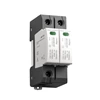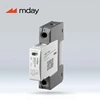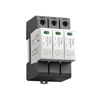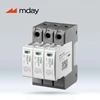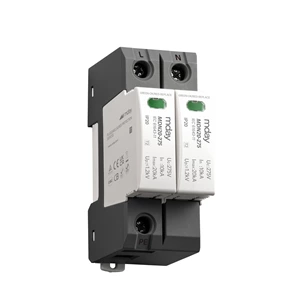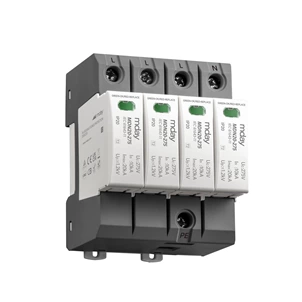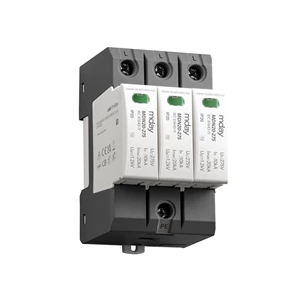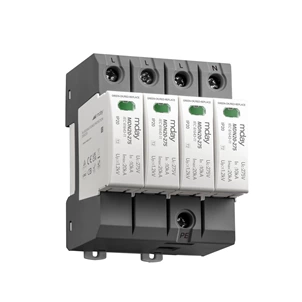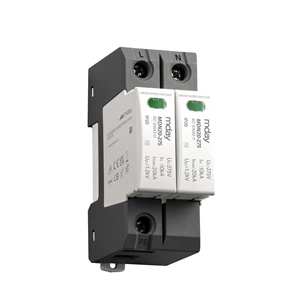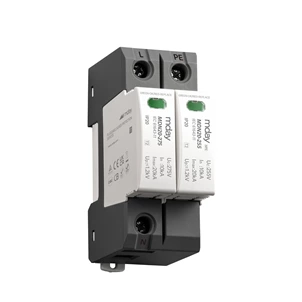Surge Protectors Need To Protect The Power Supply System In Two Ways.
surge protective device Protection must be implemented for two aspects of the power supply system. Sources of power supply surges are categorized as external (lightning-related) and internal (such as electrical equipment startup/shutdown and faults).
Lightning strikes and discharges can affect low-voltage power supply systems through two pathways:
Direct lightning strike: Lightning discharge directly impacts components of the power system, injecting a large pulse current. The probability of occurrence is relatively low.
Indirect strike: Lightning discharge strikes the ground near equipment, inducing moderate currents and voltages on power lines.
Simultaneously, surge protector must also protect against internal surges within the power supply system. These internal surges originate from equipment start-up/shutdown and operational faults within the power network:
Internal surges within the power supply system can be triggered by the start-up or shutdown of high-power equipment, line faults, switching operations, and the operation of variable frequency devices. These surges adversely affect electrical equipment, and the surge protection device model may be relatively less effective in handling such scenarios.
They can deliver fatal impacts, particularly to microelectronic equipment such as computers and communication systems.
Even without causing permanent equipment damage, system malfunctions and interruptions can lead to severe consequences.
For instance, in nuclear power plants, medical systems, large-scale factory automation systems, securities trading systems, telecommunications exchange switches, and network hubs.


